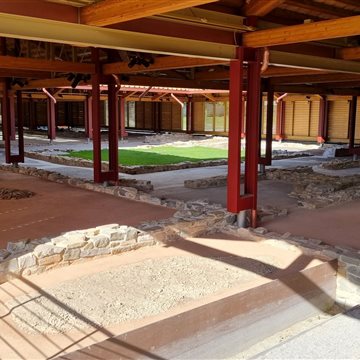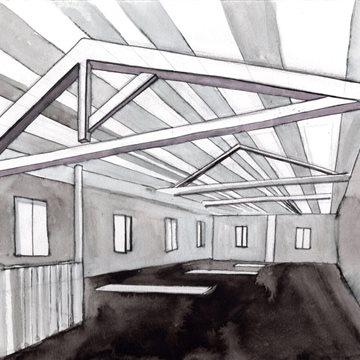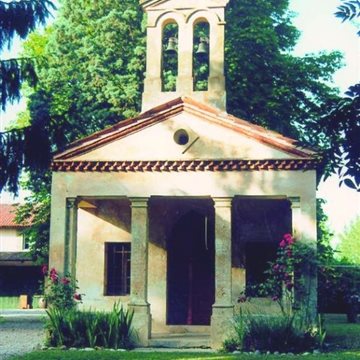 Lorenza Cesaratto
Lorenza Cesaratto
Aquileia, a treasure chest




To my amazement I discovered that Gorizia is not only a well-known border town, but is evidently rich in history and above all in museums. In Borgo Castello, just inside the ancient castle that dominates the city from above, there are several housed in the Case Formentini, Dornberg and Tasso: specifically there is the Museo della Grande Guerra (Museum of the Great War), the Museo della Moda e delle Arti Applicate (Museum of Fashion and Applied Arts), and the Collezione Archeologica (Archaeological Collection).
I have visited them all and everyone is very interesting, but the interest in the Museum of Fashion and Applied Arts and the Museum of the Great War have aroused my interest. In the latter, in an environment of particular charm, with vaulted ceilings and exposed stone, we can trace the tragic events of the Isonzo front during the First World War. After a general introduction, the focus is on the events of the Italo-Austrian war on the Isonzo front. The weapons of the conflict are exposed and the soldiers' daily life is described; the life of trenches with all the hardships and sufferings it entailed, with a reproduction of a trench at full size.
I have visited them all and they are all interesting, but the two I liked most were the Museo della Moda e delle Arti Applicate ad the Museo della Grande Guerra. In the latter, in a particularly fascinating space, with vaulted ceilings and stone walls, visitors can explore the tragic events of the Isonzo front during the First World War. After a general introduction, the focus is on the events of the Italo-Austrian war on the Isonzo front. The weapons of the conflict are displayed and the soldiers’ daily life is described; life in the trenches with all the hardships and sufferings this entailed are described, together with a full-size reproduction of a trench.
The Museo della Moda e delle Arti Applicate presents a collection of accessories and clothes that cover the years from the eighteenth to the twentieth century. Among the most precious ornaments is lace, which in the Gorizia district boasts a prestigious tradition dating back to the 1600s. Of considerable interest too is the section dedicated to the making of silk, and my attention was especially caught by a large wringer dating back to the eighteenth century. This is a unique and original piece, not a museum reconstruction: this alone is worth a visit to the museum.
What are you waiting for to visit Gorizia and its museums?
Find out about the ideas and offers for this experience in Friuli Venezia Giulia

 Lorenza Cesaratto
Lorenza Cesaratto

 Giovanni Morassutti
Giovanni Morassutti

 Giovanni Morassutti
Giovanni Morassutti

 Giovanni Morassutti
Giovanni Morassutti
